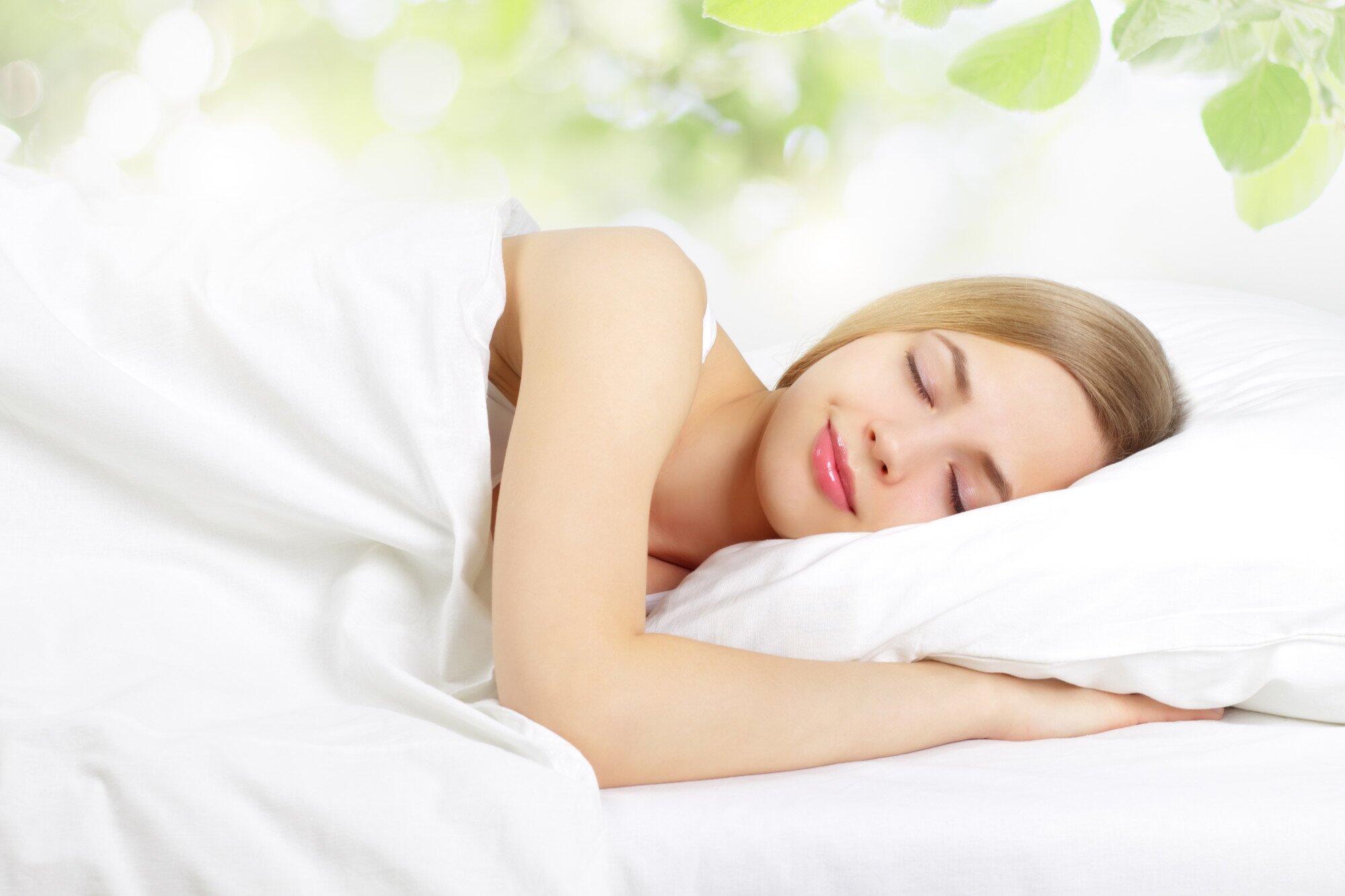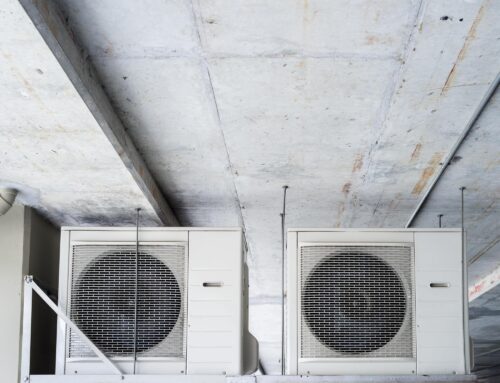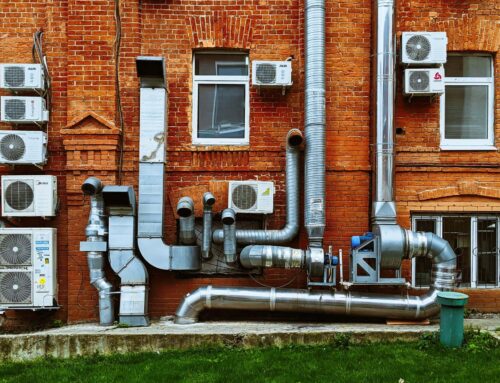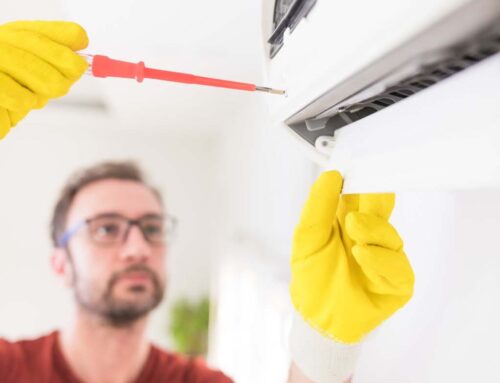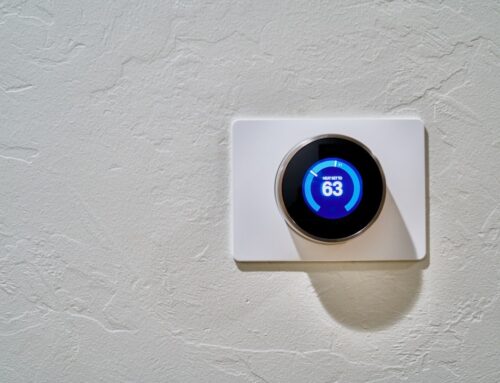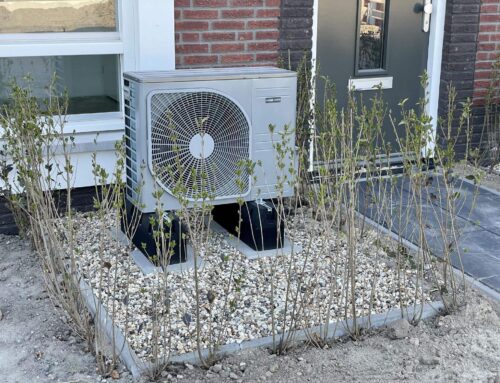Does it take a long time for you to fall asleep at night? Do you also wake up repeatedly and find yourself sweaty or perhaps have a sore throat, itchy skin, and eyes?
If so, your bedroom’s humidity is likely too high or too low. You want it at the right level; otherwise, it will continue interfering with your sleep. And the more sleepless nights you experience, the higher your risk for health issues.
So, what exactly is the best humidity for sleeping, then?
This guide explores the answers to that question, so read on.
The Best Humidity for Sleeping
The U.S. EPA recommends keeping indoor humidity levels at 30 to 50%. This is the ideal range for sleep and maintaining optimal indoor air quality (IAQ). IAQ refers to how the air inside your home can affect your health, comfort, and well-being.
Because humidity can impact IAQ, it can also influence your sleep hygiene and, thus, your overall health. So, ensure your sleeping environment’s humidity isn’t way over 50% or under 30%.
How Can Humidity Affect Your Sleep?
Humidity can affect your sleep cycle, which consists of three non-rapid eye movement (NREM) phases and one rapid eye movement (REM) phase.
The first two NREM phases are the “light sleep” stages. The third is slow-wave NREM sleep. Your breathing rate and core temperature lower during these stages.
Your respiratory rate then increases once your body goes into the REM phase.
High humidity can interfere with the slow-wave NREM and REM stages. This increases wakefulness, shortening your actual sleep time. The longer this happens, the more sleep deficient you can get, which can lead to health problems.
Conversely, very low humidity can dry and irritate your skin and respiratory tract. These problems can make falling and staying asleep more challenging, too.
How to Check Your Bedroom’s Humidity
One way is with a hygrometer, an inexpensive tool that measures humidity. You can get one for your bedroom to monitor its humidity level throughout the day and before bed.
You can also use a humidistat, a fancier version of a hygrometer. Like the latter, it measures the humidity level within a space. However, it can also work with devices like humidifiers, dehumidifiers, and your HVAC system.
How to Keep Humidity Under Control
First, address unwanted sources of moisture, such as roofing and plumbing leaks. These problems can add moisture to indoor air, so you should hire professionals to fix them ASAP.
Another way is to keep your air conditioner well-maintained. This way, it can efficiently do its job of absorbing moisture in the air.
You should also consider investing in a humidifier and dehumidifier. The former adds moisture to dry air, while the latter decreases humidity.
Sleep Better With Optimal Humidity Levels
As you learned in this guide, the best humidity for sleeping (and your home’s IAQ) is between 30% and 50%. Anything much lower or higher than that can affect your sleep and overall health.
So, as early as today, use a hygrometer or humidistat to monitor your indoor humidity. Better yet, let our team here at Sewell Electric help. For over 70 years, we’ve provided the residents of Franklin and Williamson County, TN, with optimal indoor climate solutions.
Call us now to learn about our HVAC, IAQ, and humidity solutions!

